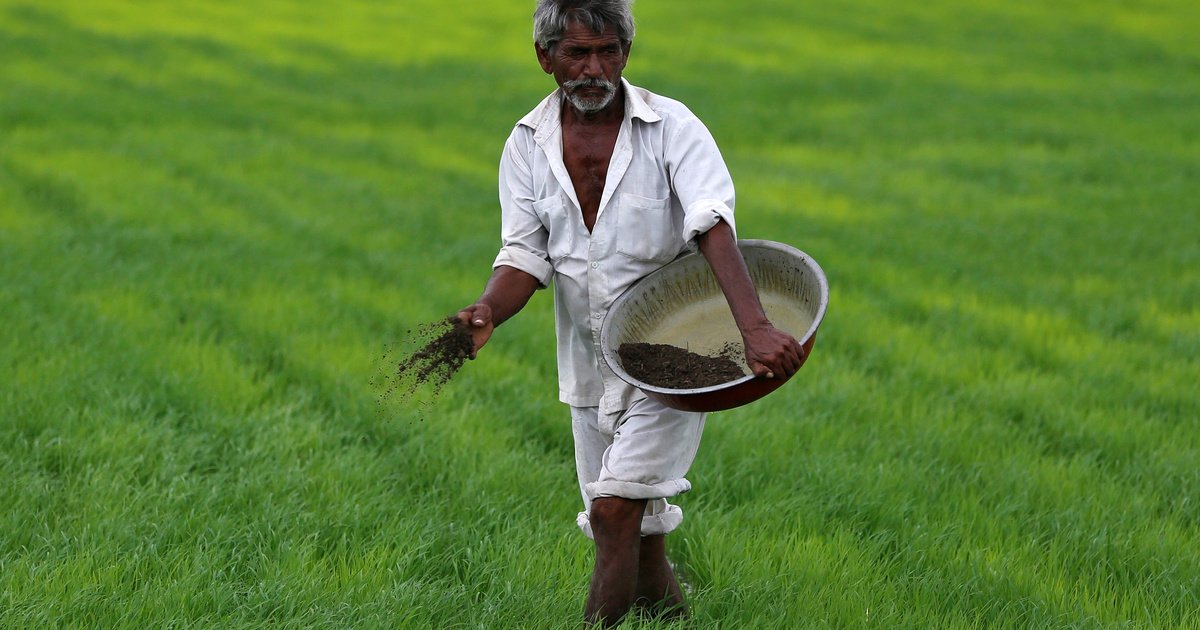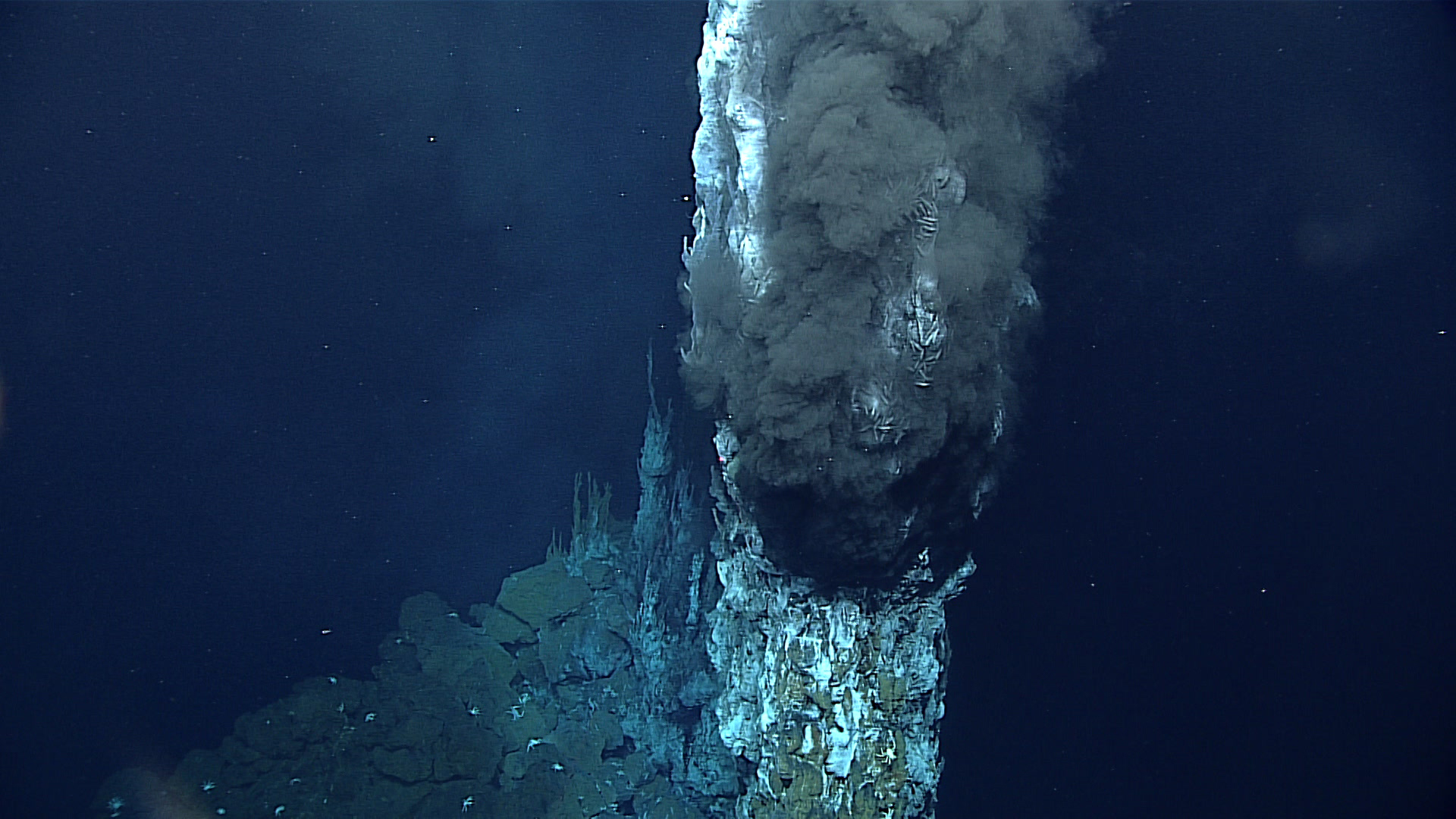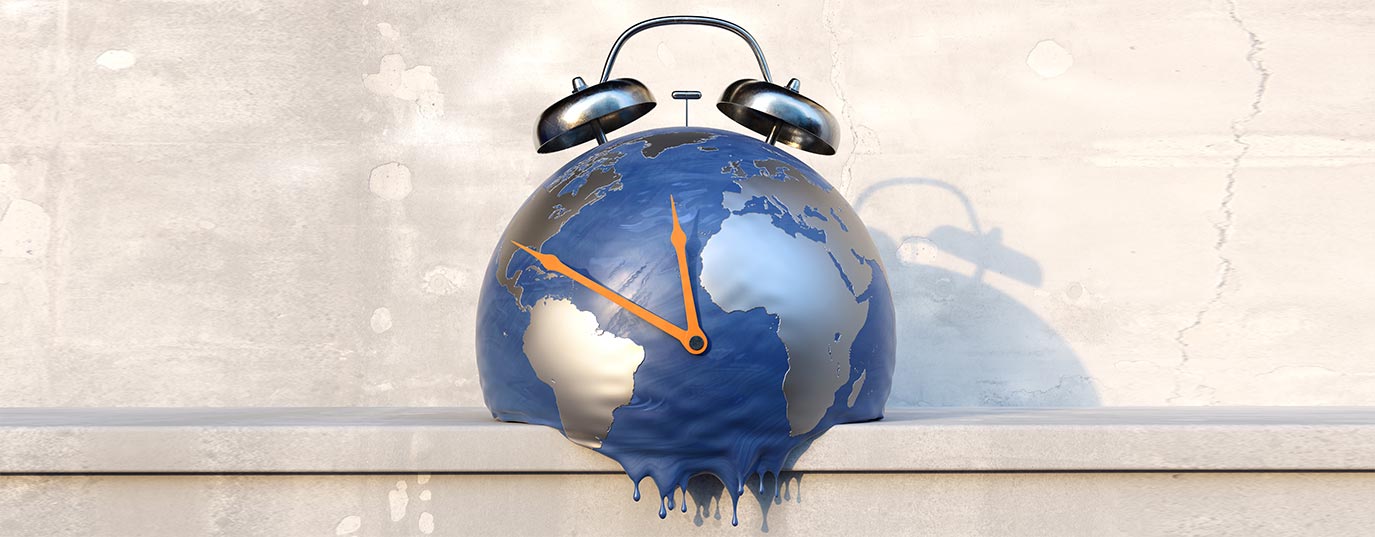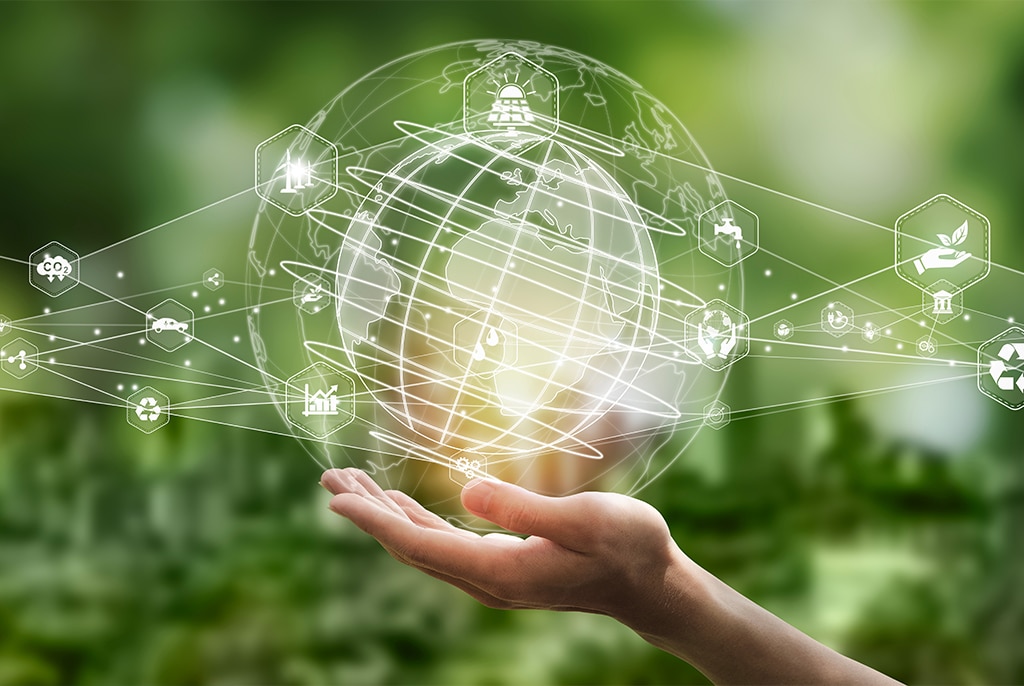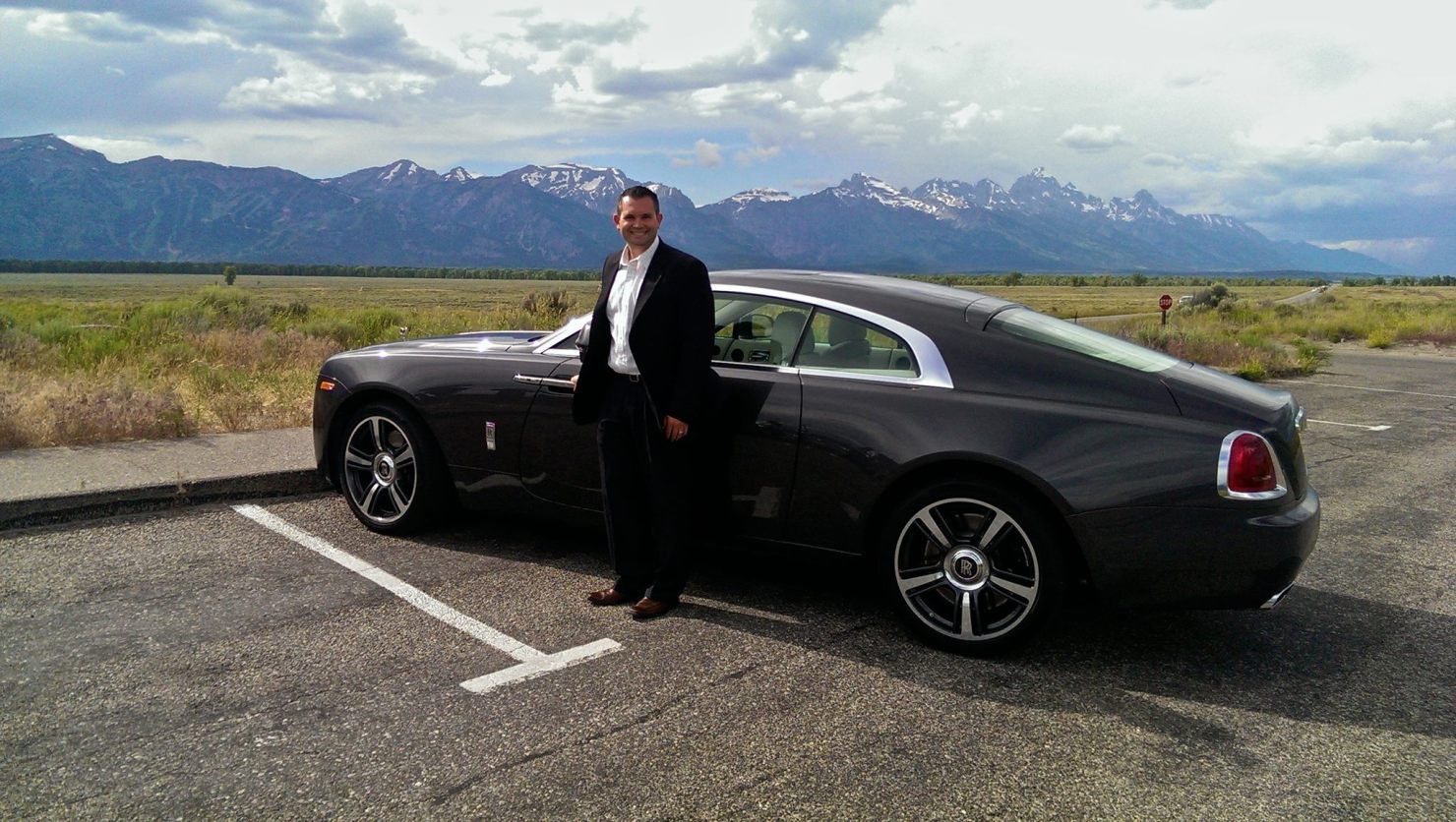Our planet, Earth, is a dynamic and ever-evolving system. From the churning tectonic plates beneath our feet to the swirling maelstroms of weather systems above, change is the only constant. Yet, in recent decades, the pace and intensity of these changes have reached unprecedented levels, prompting urgent questions about the future of our environment and our place within it.
Today, we embark on a journey to understand the environmental changes shaping our planet. We’ll explore the causes and consequences of these shifts, from the melting glaciers to the rising sea levels, from the intensifying storms to the alarming biodiversity loss. But this is not just a story of challenges; it’s also a narrative of immense hope and opportunity. We’ll discuss the incredible efforts being made to mitigate the impact of these changes and build a more sustainable future for generations to come.
The Canvas of Change: A Landscape in Flux
Several key environmental changes are painting a new picture of our planet:
- Climate Change: Rising global temperatures, fueled by greenhouse gas emissions, are disrupting weather patterns, causing extreme weather events like heatwaves, droughts, floods, and wildfires. The melting of polar ice caps and glaciers is causing sea levels to rise, threatening coastal communities and ecosystems
- Biodiversity Loss: Habitat destruction, pollution, and climate change are pushing countless species towards extinction, disrupting the delicate balance of ecosystems and jeopardizing the food security and well-being of millions.
- Ocean Acidification: As the oceans absorb increasing amounts of carbon dioxide, they become more acidic, posing a threat to marine life and the health of coral reefs, vital sources of biodiversity and economic sustenance for coastal communities.
- Pollution: From air and water pollution to the growing menace of plastic pollution, contamination is negatively impacting human health, wildlife, and the overall health of ecosystems.
- Land Degradation: Overgrazing, deforestation, and unsustainable agricultural practices are leading to soil erosion, desertification, and the loss of fertile land, jeopardizing food security and livelihoods.
These changes are interconnected and can amplify each other’s effects. For example, climate change contributes to biodiversity loss, and land degradation can exacerbate soil erosion and flooding. Understanding these complex interactions is crucial for formulating effective solutions.
The Brushstrokes of Human Influence: Our Role in the Story
While natural forces have always driven change on Earth, human activities are now the primary driver of these environmental shifts. Our dependence on fossil fuels, unsustainable resource extraction, and rapid population growth are putting immense pressure on ecosystems and accelerating the pace of change.
It’s crucial to acknowledge our role in shaping the environmental narrative. Each choice we make, from the food we eat to the transportation we use, has an impact on the planet. Taking responsibility for our actions and adopting sustainable practices are essential steps towards mitigating the negative consequences of environmental change.
Beyond the Canvas: A Palette of Solutions
The story of environmental change is not simply a tale of doom and gloom. It’s also a call to action, a canvas ready to be painted with the solutions and innovations that will chart a more sustainable future. Here are some of the vibrant colors on this palette of hope:
- Renewable Energy: Transitioning from fossil fuels to renewable energy sources like solar, wind, and geothermal power is vital for reducing greenhouse gas emissions and combating climate change.
- Energy Efficiency: By maximizing energy efficiency in our homes, industries, and transportation systems, we can significantly reduce our energy consumption and lessen our environmental footprint.
- Sustainable Agriculture: Adopting sustainable agricultural practices like organic farming, crop rotation, and soil conservation can help protect ecosystems, reduce pollution, and ensure food security for future generations.
- Conservation and Restoration: Protecting existing ecosystems and restoring degraded ones are crucial for maintaining biodiversity and ensuring the health of our planet.
- Innovation and Technology: New technologies like carbon capture and storage, artificial intelligence for environmental monitoring, and biomaterials could offer innovative solutions to environmental challenges.
A Collaborative Masterpiece: Building a Sustainable Future
Addressing environmental change requires a global effort, a collective masterpiece painted with the brushstrokes of collaboration and innovation. Governments, businesses, individuals, and organizations must work together to implement effective policies, develop sustainable technologies, and foster a culture of environmental responsibility.
Here are some ways you can contribute to this collective canvas:
- Reduce your carbon footprint: Make conscious choices in your daily life to reduce your energy consumption, waste production, and reliance on fossil fuels.
- Support sustainable businesses and practices: Choose products and services from companies committed to sustainability, and advocate for responsible practices in your community.
- Raise awareness and educate others: Share your knowledge about environmental issues, engage in conversations, and encourage others to make sustainable choices.
- Join the movement: Support environmental organizations, participate in conservation initiatives, and advocate for policies that protect our planet.
Remember, every action, however small, contributes to the larger picture. By embracing a sustainable lifestyle, advocating for change, and collaborating with others, we can co-create a future where humanity and the environment thrive in harmony.
A New Chapter in the Earth’s Story: A Legacy of Hope
The story of environmental change is not yet over. We stand at a critical juncture, where the choices we make today will determine the future of our planet. By understanding the challenges we face, acknowledging our role in shaping the narrative, and actively building a sustainable future, we can ensure that the next chapter in Earth’s story is one of resilience, hope, and a renewed understanding of our interconnectedness with the natural world.
Together, we can paint a canvas of a thriving planet, a legacy of environmental stewardship for generations to come. Remember, it’s not too late to pick up your brush and join the collective effort to create a masterpiece of sustainability. Let’s write a story of transformation, where environmental change becomes a catalyst for positive change, a chapter filled with the vibrant hues of resilience, innovation, and hope.



